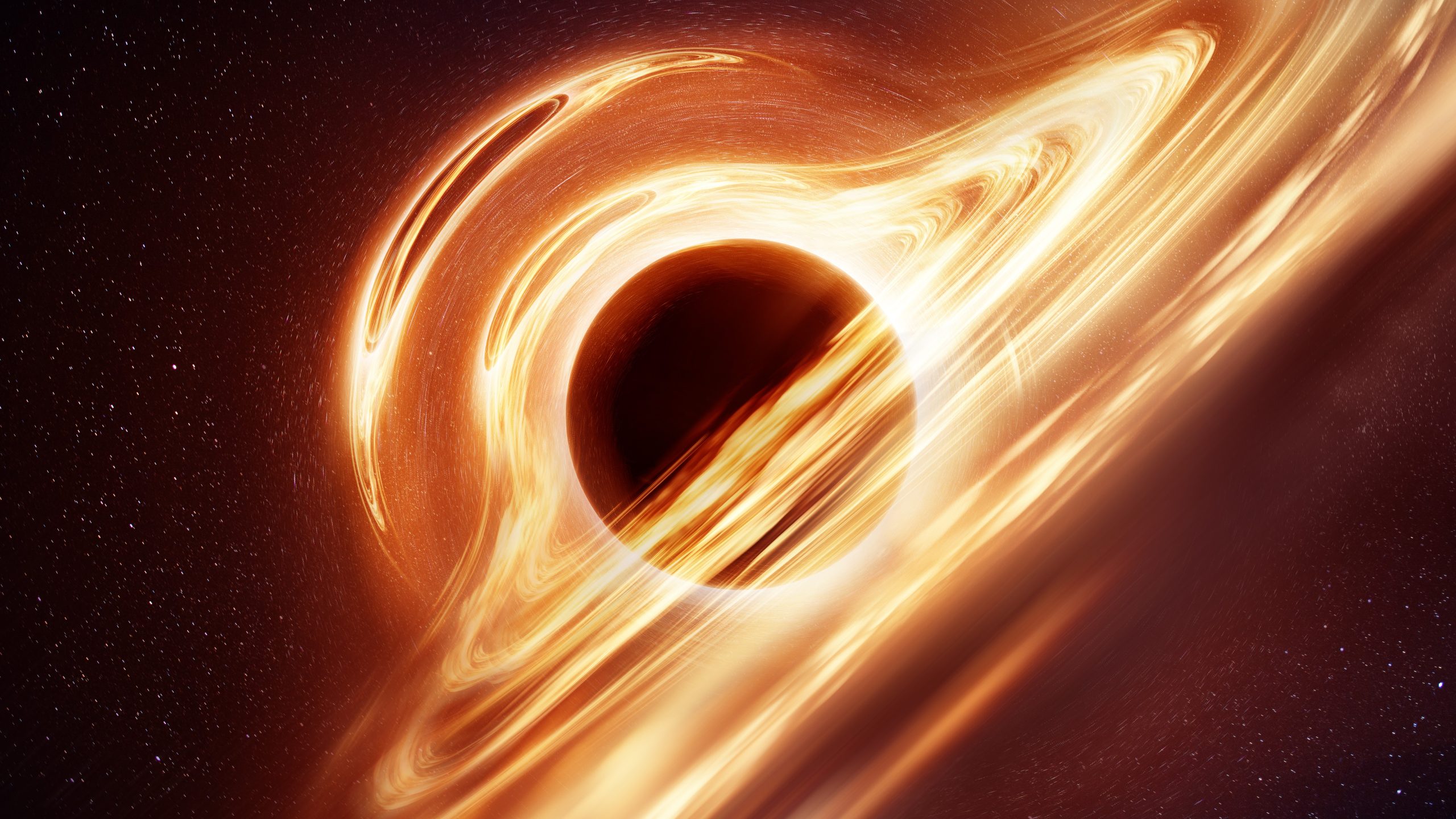Introduction
Black holes have long been a subject of fascination and intrigue for scientists and the general public alike. These mysterious cosmic entities possess such immense gravitational pull that nothing, not even light, can escape their grasp. In this blog post, we will delve into the captivating world of black holes, exploring their formation, properties, and the mind-boggling phenomena that occur within their vicinity.
What are Black Holes?
Black holes are mysterious and captivating cosmic entities that have intrigued scientists and astronomers for centuries. These enigmatic objects are formed from the remnants of massive stars that have undergone a gravitational collapse, resulting in an incredibly dense region in space.
The Formation Process
When a massive star exhausts its nuclear fuel, it undergoes a supernova explosion. The core of the star collapses under its own gravity, forming a singularity, which is the heart of a black hole. The singularity is surrounded by an event horizon, a boundary beyond which nothing, not even light, can escape.
Types of Black Holes
There are primarily three types of black holes:
1. Stellar Black Holes
These black holes are formed from the remnants of massive stars. They have a mass ranging from a few times that of our Sun to several tens of times larger. Stellar black holes are relatively common in the universe.
2. Intermediate Black Holes
Intermediate black holes have a mass between that of stellar black holes and supermassive black holes. Scientists are still studying their formation process and their prevalence in the universe.
3. Supermassive Black Holes
Supermassive black holes are the largest type, with a mass millions or even billions of times greater than that of our Sun. They are found at the centers of galaxies, including our own Milky Way.
The Mind-Bending Properties
Black holes possess several mind-bending properties that make them truly fascinating:
1. Gravitational Pull

The gravitational pull near a black hole is incredibly strong. It is so intense that it distorts the fabric of space and time, creating a phenomenon known as gravitational time dilation. Time near a black hole passes slower compared to distant observers.
2. No Escape
Once an object crosses the event horizon of a black hole, it is impossible for it to escape. The gravitational pull is so immense that not even light can break free, hence the name “”black hole.
Summary
Black holes are formed from the remnants of massive stars that have undergone a supernova explosion. When a star exhausts its nuclear fuel, it collapses under its own gravity, resulting in a singularity – an infinitely dense point at the center of the black hole. Surrounding this singularity is the event horizon, a boundary beyond which nothing can escape. The immense gravitational force of a black hole warps space and time, leading to fascinating phenomena such as time dilation and gravitational lensing.
Furthermore, black holes come in various sizes, ranging from stellar black holes, which are a few times more massive than our Sun, to supermassive black holes that can be millions or even billions of times more massive. These supermassive black holes are thought to reside at the centers of most galaxies, including our own Milky Way.
Studying black holes has provided valuable insights into the nature of gravity, the fabric of spacetime, and the evolution of galaxies. Scientists continue to explore these enigmatic objects using a combination of theoretical models and observations from powerful telescopes and space missions.
In this blog series, we will delve deeper into the fascinating world of black holes, discussing topics such as black hole formation, accret discover this info here ion disks, and the possibility of wormholes. Join us on this cosmic journey as we unravel the mysteries of these captivating celestial phenomena.
- Q: What is a black hole?
- A: A black hole is a region in space where gravity is so strong that nothing, not even light, can escape its pull.
- Q: How are black holes formed?
- A: Black holes are formed from the remnants of massive stars that have undergone gravitational collapse.
- Q: What is the event horizon of a black hole?
- A: The event horizon is the boundary around a black hole beyond which nothing can escape its gravitational pull.
- Q: Can anything escape from a black hole?
- A: No, once something crosses the event horizon of a black hole, it is believed to be trapped inside forever.
- Q: How do black holes affect time?
- A: Black holes can cause time to slow down near their vicinity due to their intense gravitational fields.
- Q: Can black holes die?
- A: Black holes do not die in the conventional sense. They can slowly lose mass over time through a process called Hawking radiation.
- Q: Are there different types of black holes?
- A: Yes, there are primarily three types of black holes: stellar black holes, supermassive black holes, and intermediate black holes.
- Q: Can black holes collide?
- A: Yes, black holes can collide and merge together, resulting in the formation of an even larger black hole.
- Q: Can anything survive inside a black hole?
- A: It is currently unknown what happens to matter inside a black hole, but it is believed to be crushed to a singularity.
- Q: Can black holes be observed?
- A: While black holes themselves cannot be observed directly, their effects on surrounding matter and light can be detected and studied.

Hello wanderers, adventurers, and lovers of the great outdoors! I’m Anthony Coughlan, the heart and soul behind TerraWonders. If you’ve found your way here, it’s probably because you, like me, have an undying passion for travel, a penchant for luxury camping, or an affinity for embracing nature without compromising on comfort.
